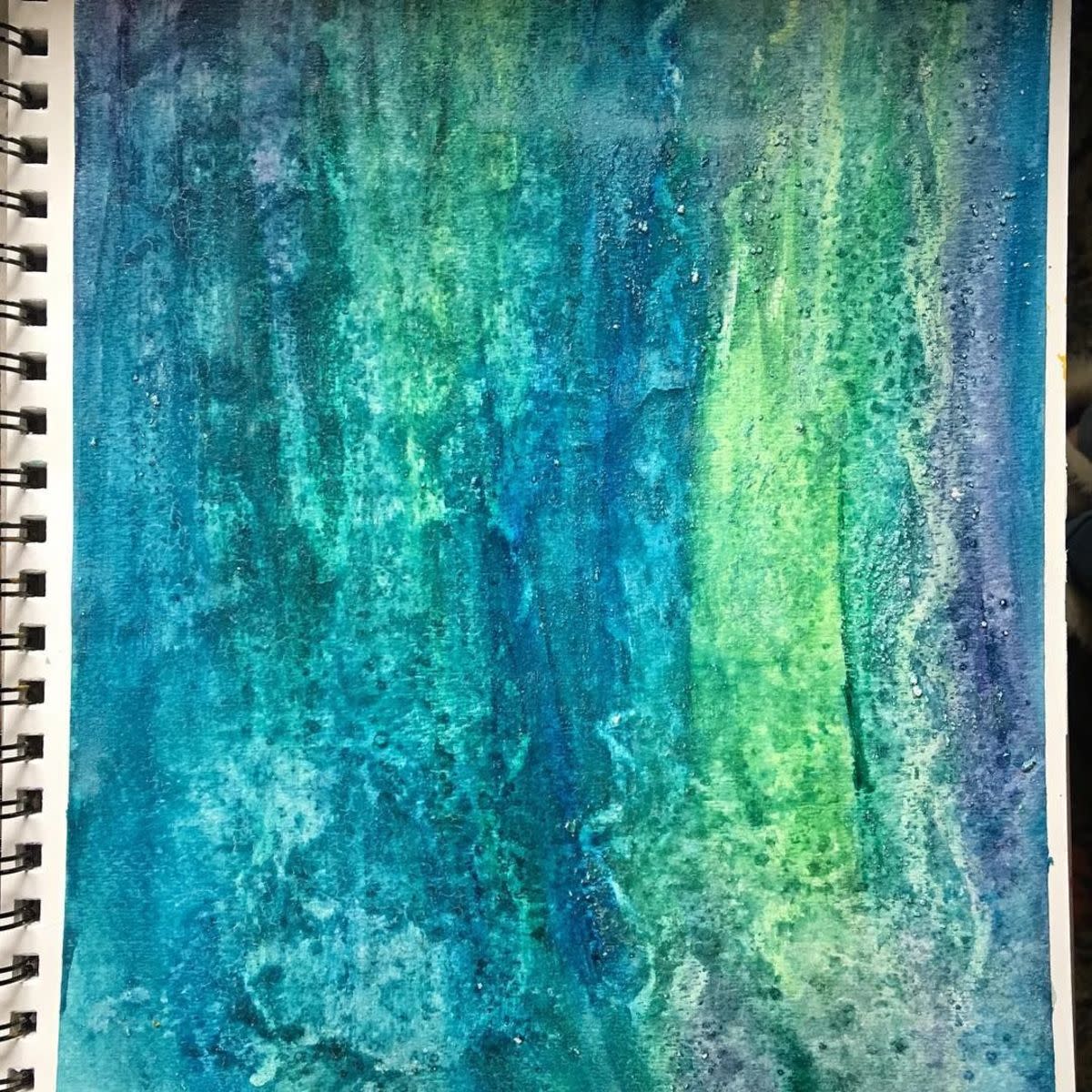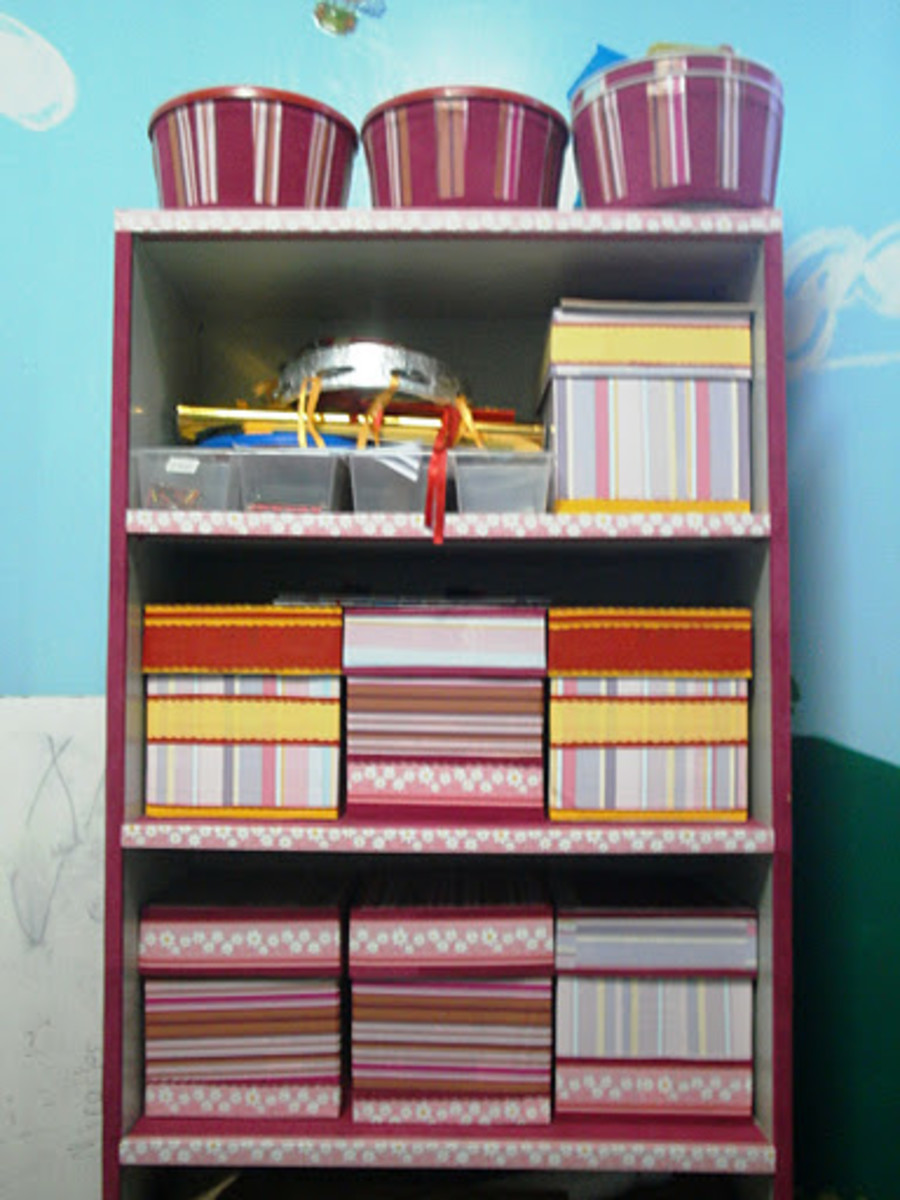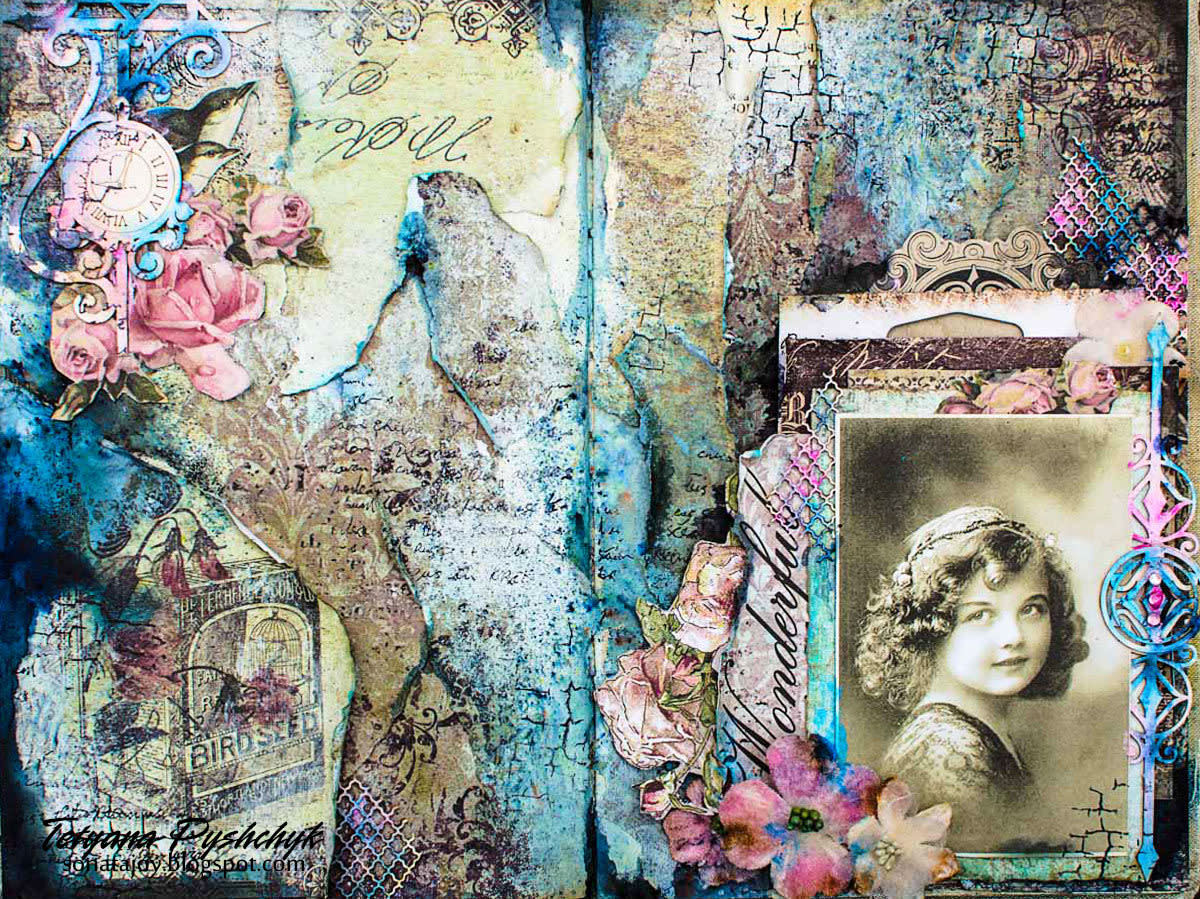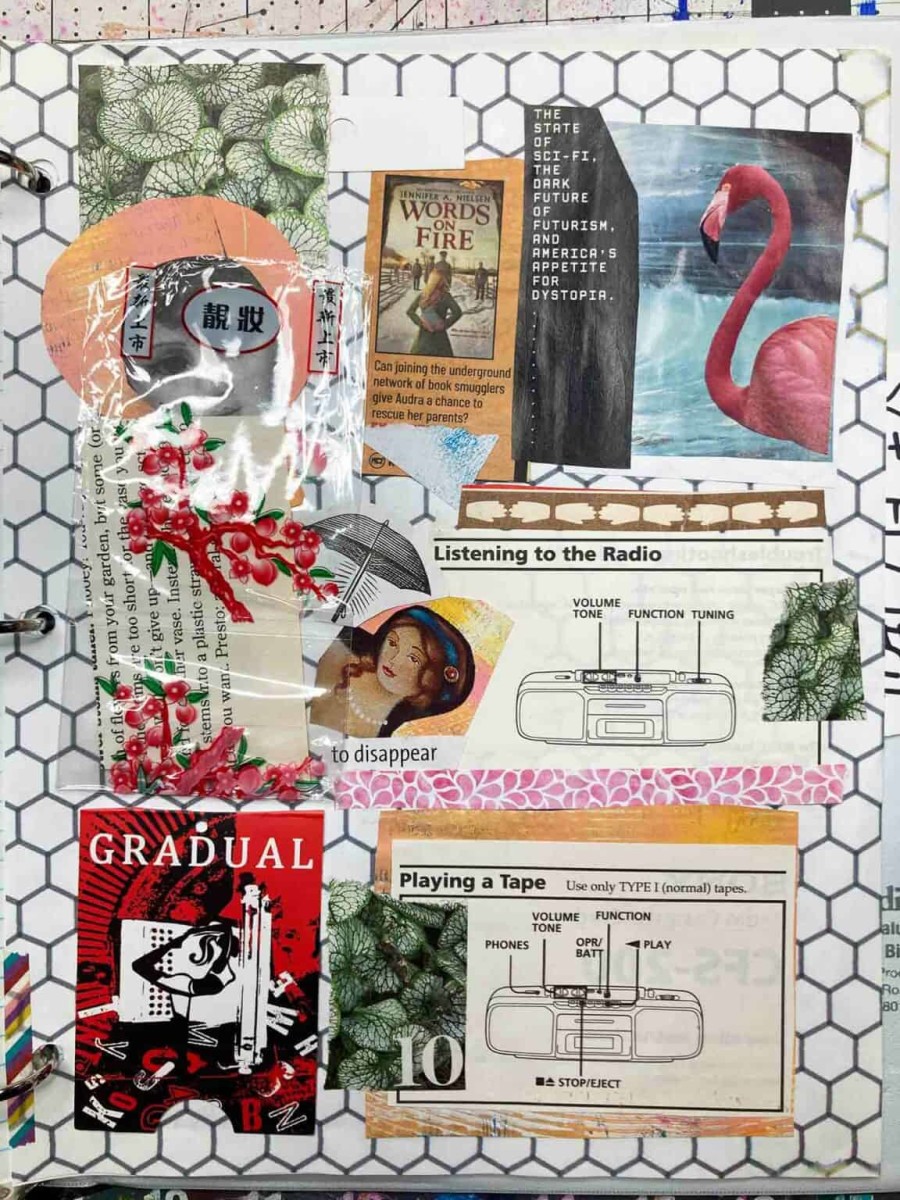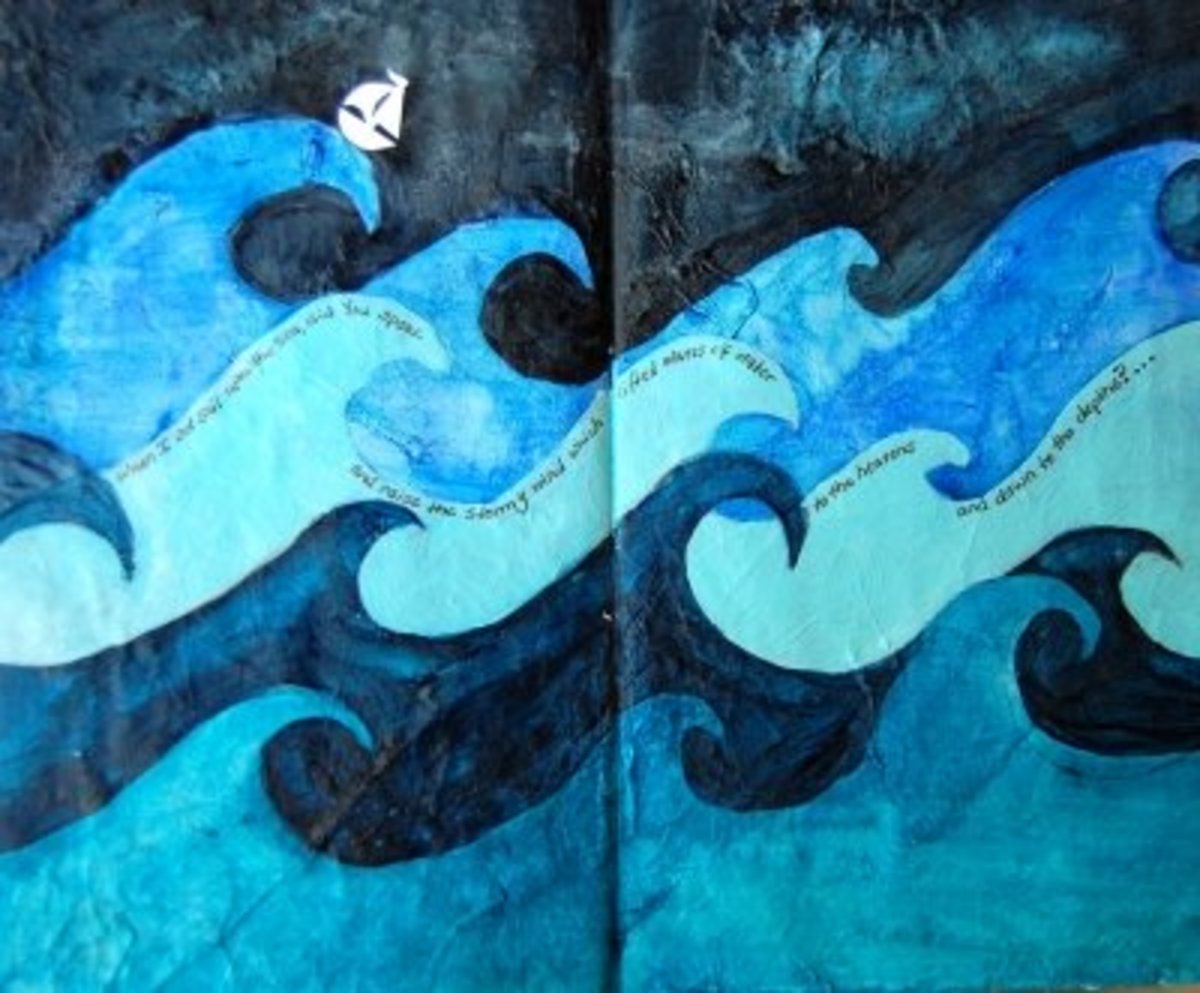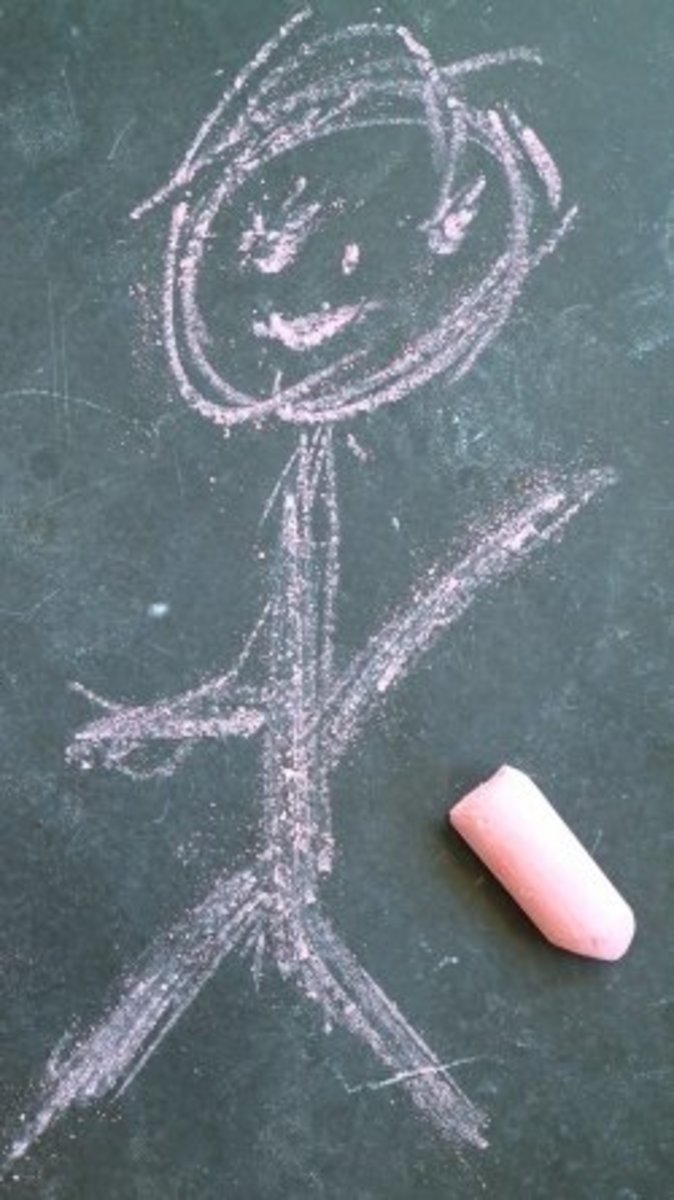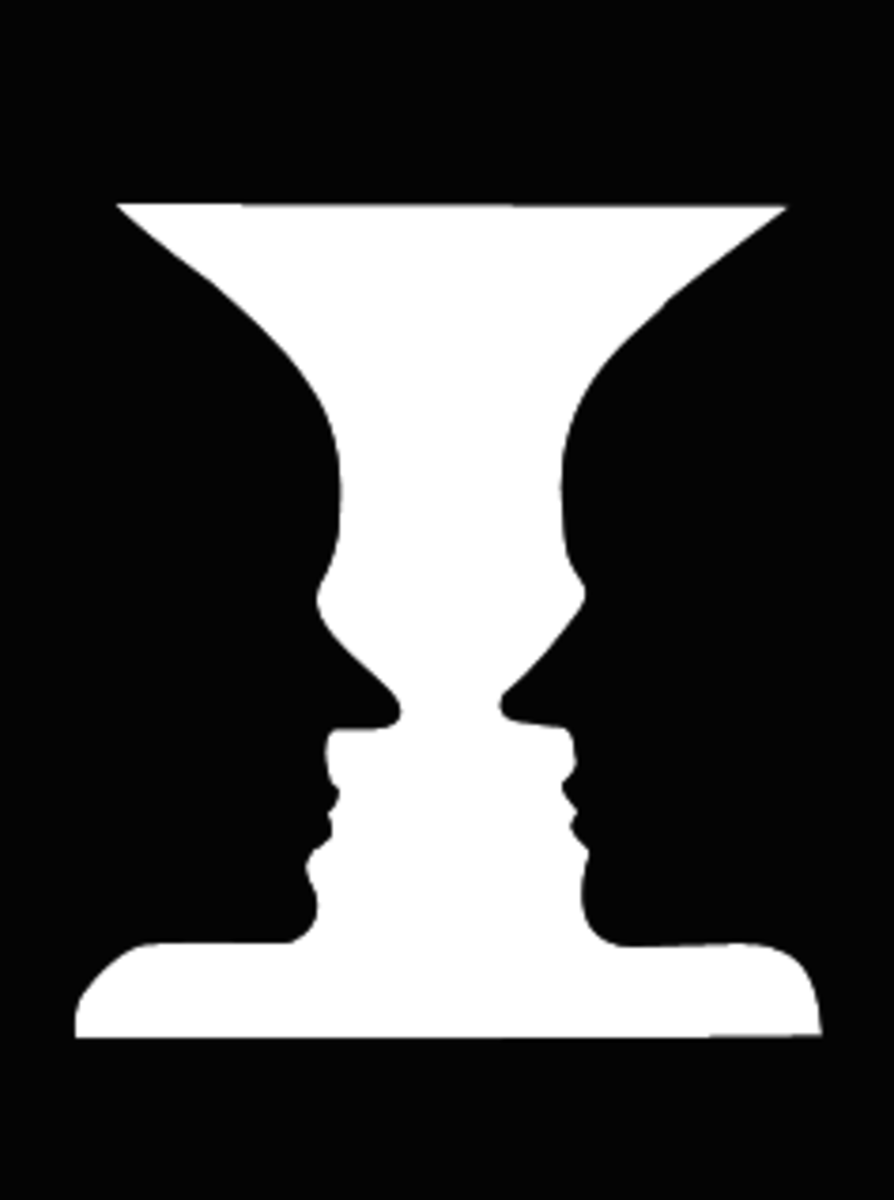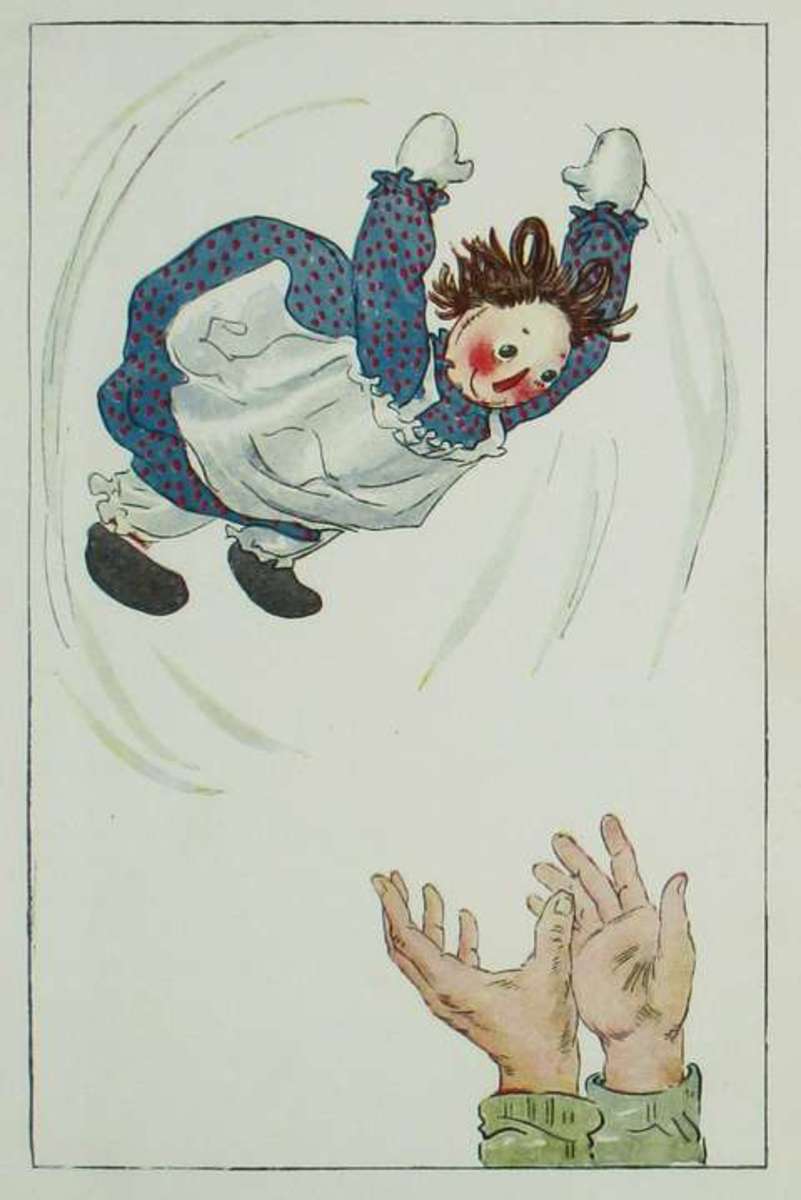Using a Creativity Journal
A creativity journal
On Christmas Day I received a small book from a friend as a gift. I tore the shiny wrapping paper from my package to see what kind of book I was given, and was delighted to discover it was a journal. This wasn’t an ordinary journal, but rather a “Daily Creativity Journal” by Noah Scalin. This book offers suggestions for a creative project for each day of the calendar year. I was enthused at the idea while slightly intimidated—a new project each day is no easy task. Even if each day’s project is relatively small and uninvolved, the idea of creating something new every day (above and beyond my usual projects) was daunting. It would be so convenient to say I don’t have time for an endeavor like this, but as I looked through the book during the week, I became intrigued at the thought and decided I could devote time to one extra small project each day. If I could successfully apply myself, I would have a wealth of creative ideas to build upon by the end of the year. No matter what the end results were, I would benefit from this test of my creative endurance.
I read the first thirty pages of the book and was encouraged to undertake the challenge. The author emphasized that there were no rules; it was just as valid to create 365 different pieces of work as to spend 365 days on a theme or even a single project. If it was too much to handle, Mr. Scalin simply recommended scaling back the project. He wrote of his own efforts at creating a poem in haiku each day. While he didn’t meet his goal, he enjoyed the task and was encouraged by what he accomplished. A few years later he resolved to take up the task again. Instead of writing, he ventured into visual arts with a skull for his recurring theme. Along the way he arranged video cassettes in a local video store into the image of a skull; he also cross-stitched a skull, sent drawings of skulls through the mail as “mail-art”, and even created sushi that resembled a skull. His ideas were fun and whimsical, and I wanted to push myself in the same way. Scalin’s book listed web sites belonging to others who accepted the 365 day creativity challenge, and a blog site for posting updates.
I was sold. I’m in.
Creative ideas from Amazon.com
Creativity journal inspirations
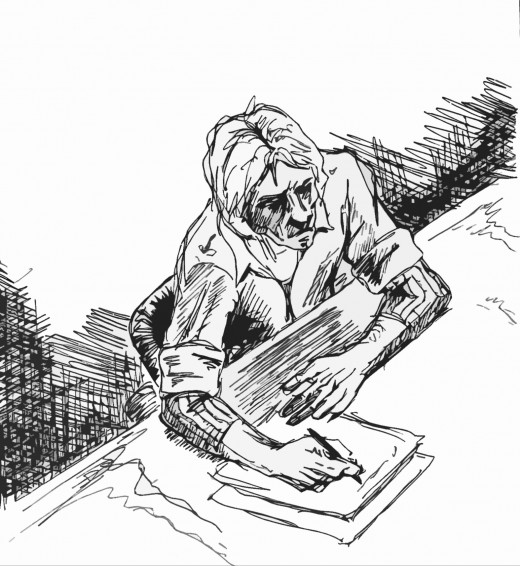
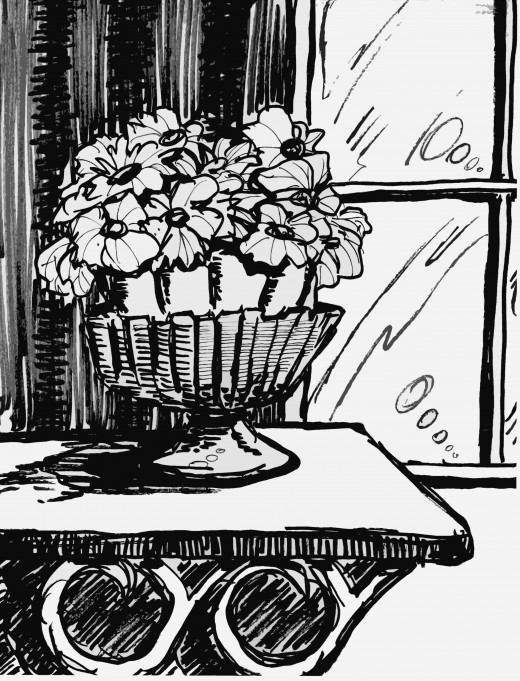
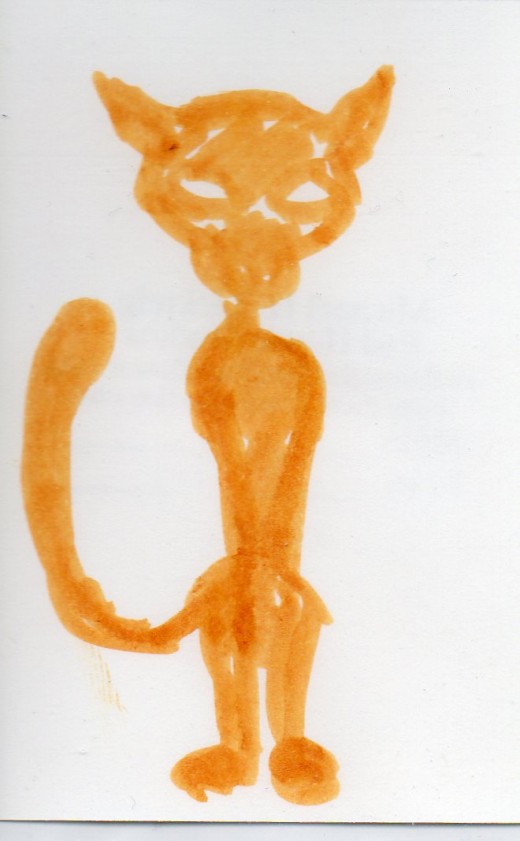
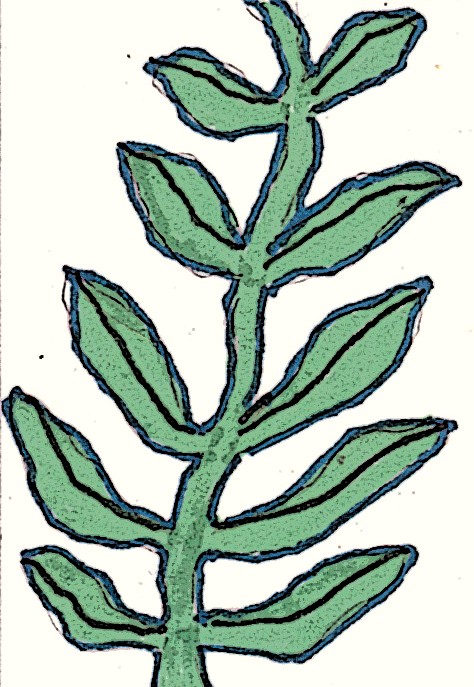
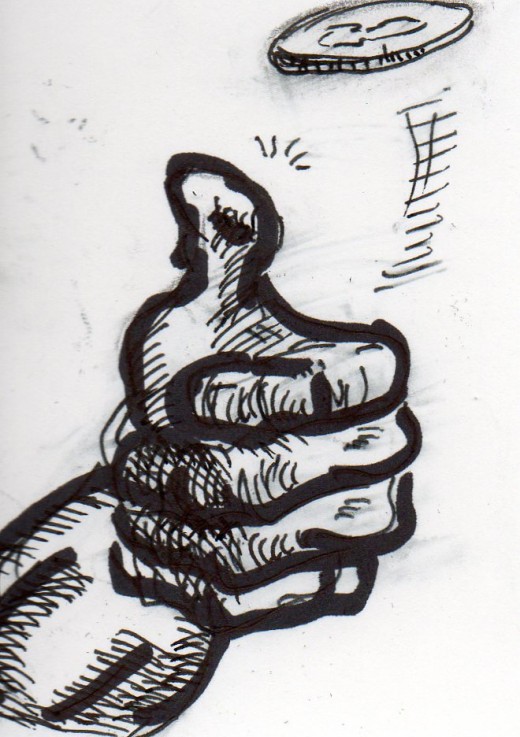
Beginning the creative journey
The book itself serves as a journal, with suggestions for each day and space for notes. Scalin makes it clear that his ideas are suggestions only, but I want to see if I can use his ideas to create something unique. A quick scan of his daily suggestion includes: create something using an old map; use fingerprints to create an image or portrait; use dirt as your medium or inspiration; regress—work as if you were a young child and use materials children have access to; ask a stranger for a suggestion for what to do that day; make something inspired by a fictional character; open a random drawer where you live or work and make something from its contents. These unusual ideas should give me a wealth of unique pieces by the end of 2011. I am ready to begin.
Day 1
The first day’s idea was to make something that could fit in the palm of my hand. New Year’s Day was unusually busy for me, and I already felt pressed for time (pressed for time in the first 24 hours—uh oh!). I have been making Art Trading Cards (ATCs) for several months already, and this was certainly something that could fit in the palm of my hand. I made a quick sketch of a flower pot that sat in my parents’ kitchen, and when I returned home I drew the image onto an ATC. It turned out better than I had hoped, and I was thrilled with my first day’s efforts.
Day 2
My task was to make something using my favorite animal for inspiration. Over the years I have made cartoon drawings of dogs, rabbits and other animals, but actually drawing an animal is not among my strengths. It was almost as if the author already knew how to challenge me. A few months ago I made a truly horrible silhouette of a cat, and I resolved to revisit my work. I considered using a fine-tipped pen to add detail to my earlier silhouette, but opted not to change what I had already done. I preferred instead to draw a new cat. A few sketches were still awkward, but they seemed somehow childlike and innocent and I liked them.
Day 3
The suggestion for the third day was to make something out of paper without using scissors, gluing or drawing on it. I knew this would be challenging because I couldn’t even remember how to fold the paper footballs we flicked with our fingers in junior high. I tried tearing paper in interesting ways, but I was disappointed. The torn paper looked like—well, like torn paper. I could find something similar in nearly any wastebasket. I considered burning the edges off a sheet of paper, but wondered what to do after that. I finally decided this was perhaps too far out of my comfort zone and gave up.
Day 4
On the fourth day I was to take a five-minute walk and make something from whatever materials were available wherever I ended up. Afterwards, I was to leave them for someone else to discover. I tied some old leaves together after tearing them in what I hoped was a creative way. I didn’t document my “artwork” before leaving it in a mailbox and returning home. My artistic “gift” will probably be viewed as tampering with the United States Mail, and I will subsequently face arrest and prosecution. (Hopefully the judge will go easy on me.) This was interesting and fun, but I wasn’t particularly proud of the results.
Day 5
On the fifth day I was instructed to work with a collection of objects within my home. I collect coins, magnets, buttons, DVDs, comics, music… what to choose from? Most of us collect things because we like them and while it was okay to use a collection for inspiration, I didn’t want to use anything I collected as raw materials for an art project—I like my collections in their original form AS collections. I did some drawings using coins for subject matter, and it occurred to me that coins could make for a good recurring theme. I am unsure where to take the idea, but it feels as if a series of works depicting coins might yield some interesting results.
Enjoying the process
I have enjoyed my first tentative steps in using a creativity journal, even if the results have been nothing spectacular so far. As was the author’s intent, new ideas spring from the daily suggestions. I have enjoyed pushing myself to work outside my comfort level—admittedly something I have not done for awhile. Although I have little to show for my time after the first seven days and have been remiss in documenting my efforts, it has been an interesting week that could lead to more elaborate projects. In this sense, the journal has already accomplished its purpose with more than 350 days remaining….
Happy creating.
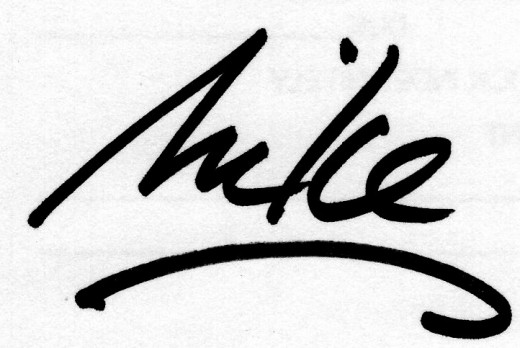
Read more articles by this author about art and creativity
- Why Do Artists Create?
As a writer and artist, I frequently deal with the frustrations associated with making the visions inside my head real. Writing poetry or fiction or creating a new oil painting often presents setbacks and... - At the Edge: A Painting in Words
I was recently challenged by a reader to describe one of my paintings with words. The idea was to convey the same meaning with words that I suggested through colors, textures and images. I was asked to place... - Art Therapy as a Career and Practice
Since early man scratched crude images on cave walls, art has been a way to add beauty and meaning to our lives. For the artist, creating is a means of expressiona way to offer a tiny peek into ones... - Five Conditions That Affect Your Creativity
Have you had days like this? You sit down in front of your computer determined to write 1500 words by noon. By 9:00 AM, that first word is yet to be written. At 9:30, you are looking to polish... - Art Trading Cards (ATC): the Latest Trend in Art
It started in Switzerland in 1997 and took several years to reach the United States, but Art Trading Cards (ATC) has become a part of the fine arts landscape. These small cards are intended to be traded... - Art Trading Cards (ATC), Collage and the Fear of Drawing
Ive been considering branching out into some types of art I dont ordinarily work in. I have been producing Art Trading Cards (ATC) recently, and my fascination for these tiny pieces of art have... - What is Art? What is Not Art?
Recently I engaged in a conversation with a fellow alumnus of the University of Kansas School of Fine Arts, and we spent time comparing what we understood and appreciated about art, both as creators... - Why Do We Create Art?
There have been many folks on web sites, blogs, or Facebook pages that display artwork along with personal photos, including myself. I studied art at the University of Kansas, and have used art to progress... - A Brief Comparison of Aesthetic Objectivism, Relativism and Subjectivism
I was recently asked to define aesthetic relativism, objectivism and subjectivism and to offer pros and cons for each school of thought. Anyone struggling to understand art wonders why there are no... - An Artistic Retrospective with Comic Heroes, TV Characters, Portraits, Landscapes and More
As a writer and artist, there are few topics I enjoy writing about more than art. It is exciting to look back on work Ive created over the years and examine what I like or dislikeor ponder what I... - Painting Versus Music--The Financial Dilemma
Why do musicians achieve fame and fortune in their lifetime, while visual artists struggle for notoriety and the financial independence to support their creative endeavors? What makes the Rolling Stones more... - Basic Elements of Cartooning
Cartooning encompasses many essential elements of successful drawings, but is typically employed in an overly simplified manner. Some of the simplest, most effective drawings we see or make are done by...




